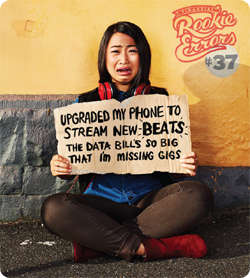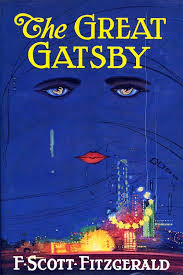I grew up in New Jersey in the 1960s, well before that state entered the popular imagination through Bruce Springsteen, The Sopranos, Jersey Shore and you name it.
California, that’s where my imagination lay – settled somewhere in the hills above Los Angeles, captivated by American episodic network television. Or watching the fog roll in through the Golden Gate, from the town of Tiburon, in Marin County north of San Francisco. From my earliest memory, I wanted to live there. I achieved that goal, although not until I was 24. And part of me lives there still, my official state residence in the USA despite my long-term residency (or is it voluntary exile?) in Australia.
I lived in the San Francisco Bay Area for four years and am a graduate of the University of California, Berkeley (Masters of City Planning – known as an “MCP”), and many of my most treasured life memories have to do with that great state. I have flown into San Francisco or Los Angeles airports from Sydney or Melbourne more than 30 times, and each time my excitement builds. Writing at this desk in Sydney, I can easily call to mind the smells of arrival outside the San Francisco airport terminals – Eucalyptus leaves mixed with diesel, with a dash of San Francisco Bay fog. Never mind that Eucalyptus is in fact an Australian tree; like so much else, those trees smell much stronger in California.
Nathan Heller in The New Yorker (July 9 & 16, 2012) wrote about the “TED Talks” phenomenon and accurately captured a certain California, a “west coast mood” that:
Becomes palpable down near Big Sur, where the light changes from the buttery subtropical glaze of Southern California to something cooler and more filtered, where people start calling the Pacific Coast Highway by the simpler name of Highway 1. It is the mood of professionals who wear Converse to work, own multimillion-dollar homes at thirty-two, eat local, donate profits to charity, learn Mandarin, and rock-climb in the Pinnacles on Sundays.
Yes, Nathan, except it’s not subtropical, it’s the Mediterranean. But let’s not digress.
There are, in fact, two Californias of the imagination – the Los Angeles of film and television and the San Francisco and northern California, now of Silicon Valley and information technology. Heller writes about how they mesh together, meeting somehow at Big Sur (and presumably Monterey, where people actually live).
The Warner Brothers studio water tower and a view of Los Angeles:
For more than a century now – since the early years of Hollywood film in the early 20th century, California has often foreshadowed the future of America. These two Californias now stand in for the two competing ideologies of the digital age: scarcity and abundance. The traditional media, represented by Hollywood and the entertainment culture, wishes to withhold content and thereby keep prices high through a “scarcity” approach. That’s Los Angeles. By contrast, the new media, represented by Silicon Valley and the San Francisco, promotes an “information” culture that wants to give (or shall we say, “sell”) people the tools to access the free bits of information that are out there. Sound familiar? Google, anyone? Or perhaps Apple?
San Francisco: at the foot of Columbus Avenue and the view from Lombard Street looking east towards Berkeley:
These are not my original ideas, but they do provide a useful way to understand both the challenges that the new digital age presents us with.
Along with the rest of the world, here in Sydney we watch Hollywood films (and are about the sixth biggest world market for them), we “google” for information, and our teenagers spend their days on social media networks created in the image of American colleges and universities (Facebook). And that’s why California is worth watching closely.
These concepts illustrate how California has been able to reinvent itself and take command of the new 21st century business models. Along the way, California also maintains its lock on how we think and imagine the past, the present and the future.







 Posted by donperlgut
Posted by donperlgut 










